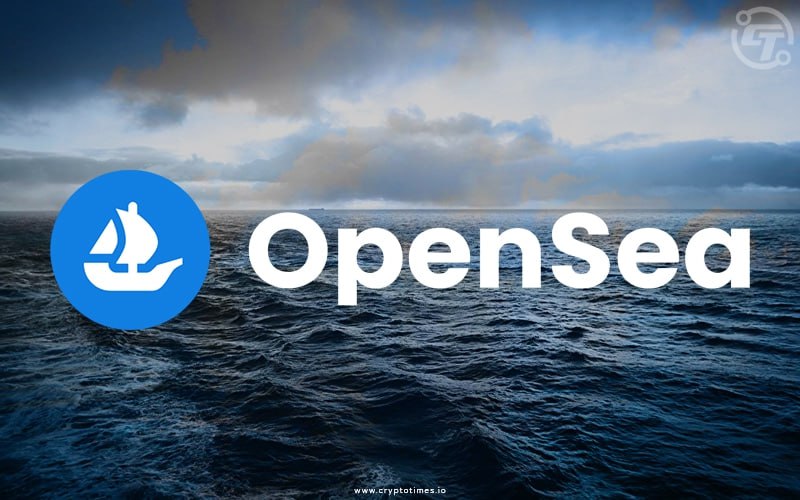What NFT.NYC missed that Coachella got right

Earlier this summer, as crypto entered a bear market, the odds were stacked against NFT.NYC 2022. But even—and perhaps especially—when the market for non-fungible tokens plunged to $700 million in June, down from $2.6 billion in May, more emphasis could have been placed on addressing the problems facing the industry. While the conference itself may have tried to take a more serious approach to NFTs, many of the projects attending the event seemed more focused on hiring a Snoop Dogg impersonator to get hype than pushing the industry forward. And instead of informative sessions on how to build serious use cases for NFTs, many attendees reported “zero quiet areas” at a conference whose highlight seemed to be partying with millionaires and models.
So what were many of the NFT.NYC projects missing? Oddly enough, the answer doesn’t come from another tech event, but rather an iconic music festival with even fewer quiet areas – Coachella. We’ve already seen NFTs used in entertainment for fundraising and even collectible music, but they’ve largely failed to offer dynamic utility to their holders beyond just digital ownership of something as simple as a concert ticket. Coachella took a different approach.
NFTs with tangible value
When NFTs first entered the global spotlight, they were often seen as a way to give holders bragging rights. NFTs offer digital ownership, which initially caught attention for enhancing and digitizing the traditional art world after their conspicuous debut in the cryptosphere. From the start, NFTs were set up to have a static role in the buying and selling of digital rights, with few benefits to offer other than ownership and bragging rights.
Soon after capturing the art world, NFTs moved on to sports, particularly with the advent of digital sports collectibles. And NFTs are largely to thank for giving old school memorabilia a makeover, like how NFT sports memorabilia has been given a new lease of life. The success in sports led to blockchain-based sports gaming companies such as Sorare, which implement NFTs to promote engagement and expand fan communities.
The music industry was quick to carry the NFT baton. Big artists like Grimes, Katy Perry and BTS have already invested in NFTs, either by creating an entire collection or funding an NFT-focused project. But many of the celebrity NFTs were just that, NFTs with no real utility. Fans can connect with the artist they want to choose – but the benefits usually stop there.
Perhaps fittingly, one of the most successful music festivals in the world decided selling worthless tokens to fans was the wrong recipe for a successful NFT launch. Instead, Coachella issued 10 NFTs, which included luxury camping, gourmet dining and lifetime passes. Of course, it’s not like lifetime passes haven’t been tried by other small NFT projects. But Coachella fans seem to agree that a perpetual pass to this festival really increases the premium when it comes to use cases for this technology.
Coachella sold all 10 NFTs for a total of nearly $1.5 million.
The real-world success of these tangible benefits cannot be understated. Research suggests that the vast majority of people are happier buying an experience – whether it’s a concert, trip or a good meal – than spending on a material object. Coachella brilliantly elevated the latter to the former, giving people an enjoyable, memorable experience with its digital assets.
The music festival’s success illustrates how NFTs can shape entertainment in general. Most mainstream music fans don’t care to own an NFT purely for pride, let alone enough to set up a crypto wallet and figure out how to buy the digital asset. But if it comes with VIP access to a music festival meet-and-greet with their favorite artist, or a concert poster they can hang in their room, more fans might be willing to take the plunge into the NFT waters.
Breathe new life into NFTs
Unfortunately, Maslow’s hierarchy of needs does not mention NFTs. But brands can measure the target consumer’s purchase motivations and see how these habits and desires can relate to an NFT offer.
While research suggests that over 60% of people are now somewhat familiar with NFTs, only 4% have actually bought, created and/or sold an NFT in the past. So while awareness of NFTs is up, brands need to give customers a reason to be interested in order to sell NFTs.
Once a company has determined the right product or service for its audience, it can use an NFT as a vehicle for it, like a ticket to access events. But the value must also continue down the line – fundraising must extend beyond novelty and offer dynamic and sustained benefits. If not, 99% of consumers will just see it as similar to a physical ticket, nice as a souvenir but non-essential.
Beyond just ensuring long-term value, NFT sellers should also offer some sort of help for potential buyers to make their first purchase. Not understanding NFTs was the second most likely reason people haven’t bought one yet, according to a survey.
If companies want to capitalize on NFTs, they need to hold customers’ hands to help them through the buying process. This can include instructing how to set up a crypto wallet or prioritizing fantastic customer support, which can also increase the likelihood of purchase – most consumers are willing to spend more on something that is accompanied by great customer experience and service. With this in mind, the NFT community requires some serious tuning to turn all the hype into a thriving industry.
























